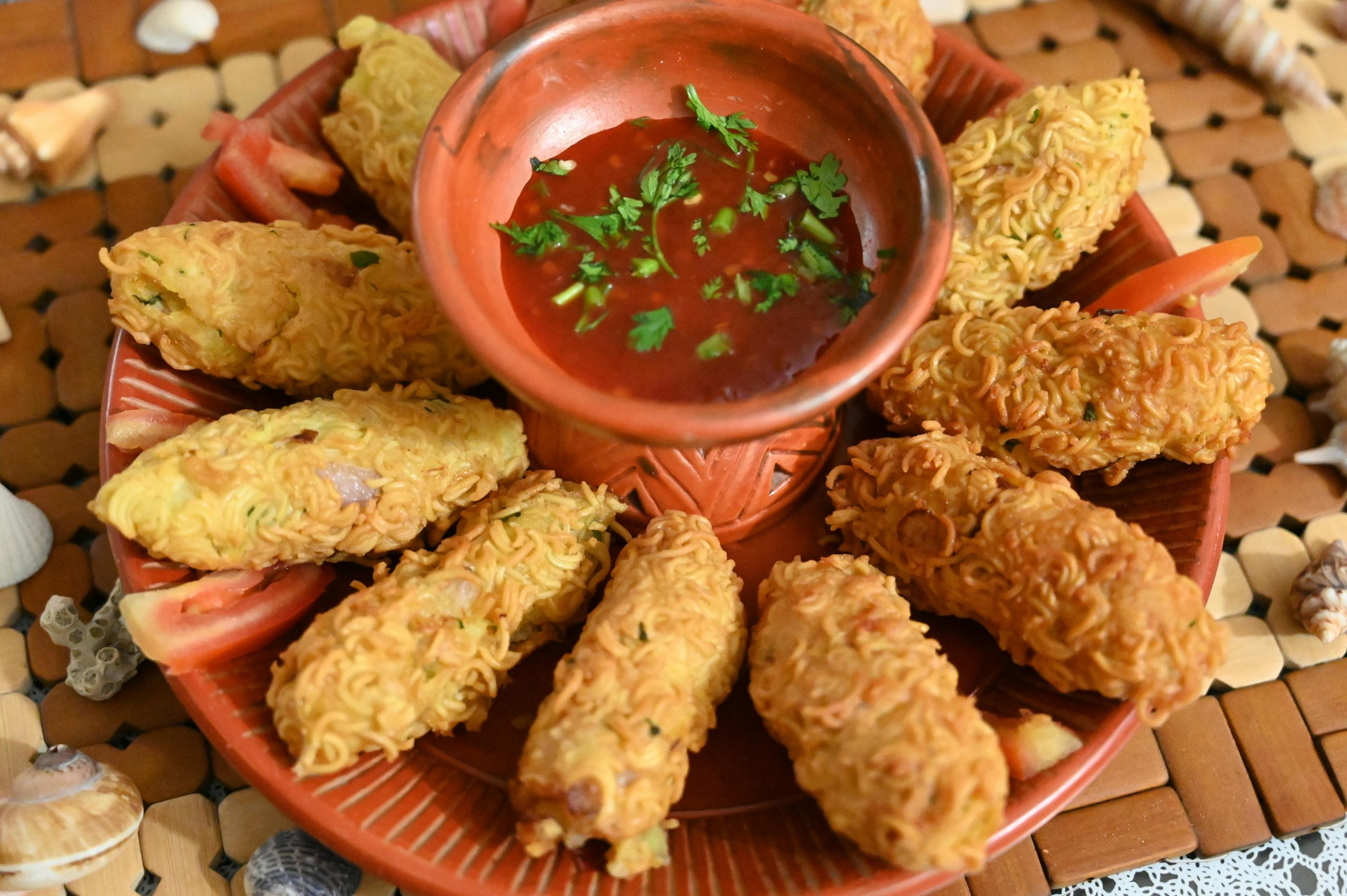Exploring Regional Sauces That Define Cultural Cuisine
Culinary traditions and practices have always been a distinct aspect of a culture’s identity. From using local ingredients to cooking techniques passed down for generations, food represents a true reflection of a community’s traditions and values. However, one element that often goes unnoticed but plays a significant role in defining a cultural cuisine is regional sauces. These flavorful and versatile condiments not only enhance the taste of a dish but also reveal the history and diversity of a region. Join us as we take a deep dive into the world of regional sauces and explore the unique flavors that define cultural cuisine.
The History of Regional Sauces
The origins of regional sauces can be traced back to ancient civilizations. From the soy sauce used in Asian cuisine to the rich tomato-based sauces in Italian and Latin American cooking, each sauce has a story to tell. In the early days, these sauces were primarily used as a preservation method to make food last longer. Over time, as trade and exploration flourished, these sauces spread across borders, evolving and adapting to local ingredients and flavor profiles.
Regional Sauces and Cultural Identity
In many cultures, regional sauces are considered a hallmark of traditional dishes and an integral part of a community’s identity. For instance, Dijon mustard in France, harissa in North Africa, and teriyaki sauce in Japan are all symbols of their respective cuisines. The distinct taste and aroma of these sauces not only add complexity to the dishes but also represent a deep-rooted connection to the land and its people.
Exploring Regional Sauces Around the World
Let’s take a journey around the globe and discover the unique regional sauces that define cultural cuisine:
1. Chimichurri – Argentina
Chimichurri is a tangy, bright green sauce that is an essential part of Argentinian cuisine. Made with a blend of parsley, garlic, oregano, olive oil, and vinegar, this sauce is an excellent accompaniment to grilled meats. The herbaceous flavors and zesty kick make it a staple in Argentinian barbeques, known as “asados.”
2. Muhammara – Middle East
Muhammara is a spicy red pepper sauce that originated from Syria but is now popular across the Middle East. Made with roasted red peppers, walnuts, breadcrumbs, and pomegranate molasses, this sauce has a uniquely sweet and tangy flavor. It is often served with pita bread and used as a dip or spread in a variety of dishes.
3. Romesco Sauce – Spain
Romesco sauce is a staple in Spanish cuisine, particularly in the Catalonia region. Made with a combination of tomatoes, almonds, garlic, and roasted red peppers, this sauce has a rich and nutty flavor. It is commonly used as a topping for grilled meats, vegetables, and even fish.
4. Peanut Sauce – Southeast Asia
In Southeast Asia, peanut sauce is an integral part of many dishes, from satay to noodles. This creamy, nutty sauce is a combination of peanuts, garlic, lemongrass, and other spices, making it a flavor-packed condiment. It can be served as a dipping sauce or used as a dressing for salads and noodle dishes.
5. Salsa Verde – Italy
Contrary to popular belief, salsa verde is not a tomato-based sauce but a herb-based one traditionally from Italy. Made with a blend of fresh herbs like parsley, basil, and capers, this sauce has a bright and fresh flavor. It is often used as a topping for grilled meats, fish, and vegetables, or as a dressing for salads.
Why Regional Sauces are Important for Cultural Cuisine
Aside from adding delicious flavors to dishes, regional sauces play a critical role in preserving and promoting cultural cuisine. These sauces are often passed down through families and hold significant cultural and sentimental value. They also allow for a deeper understanding of a culture’s history, influences, and traditions. With the rising popularity of fusion cuisine, regional sauces provide a way to showcase authentic cultural dishes and keep culinary traditions alive.
In Conclusion
Regional sauces have the power to transport us to far-off lands, allowing us to experience and appreciate the diverse cultural cuisines of the world. From the bold and spicy to the sweet and tangy, these sauces are a testament to the rich and vibrant flavors that represent a community’s heritage and identity. So, the next time you take a bite of your favorite ethnic dish, remember the regional sauce that makes it truly unique and special.










